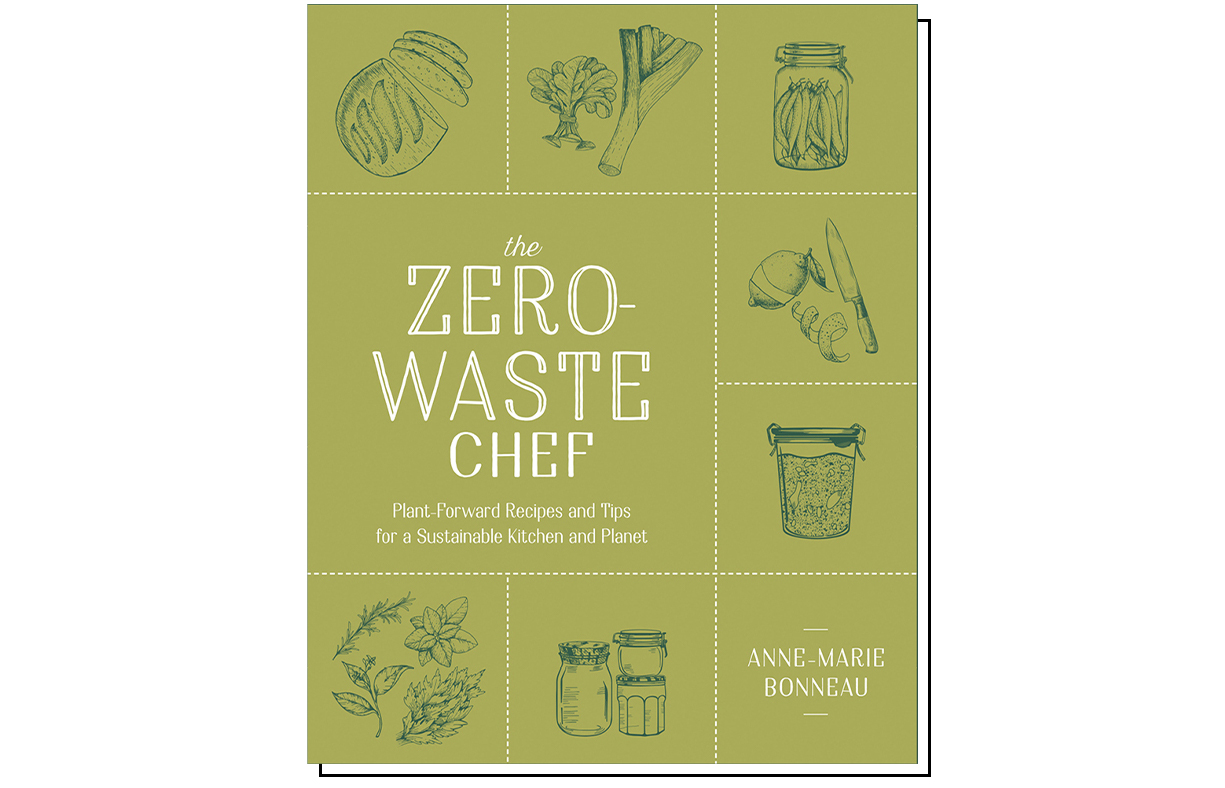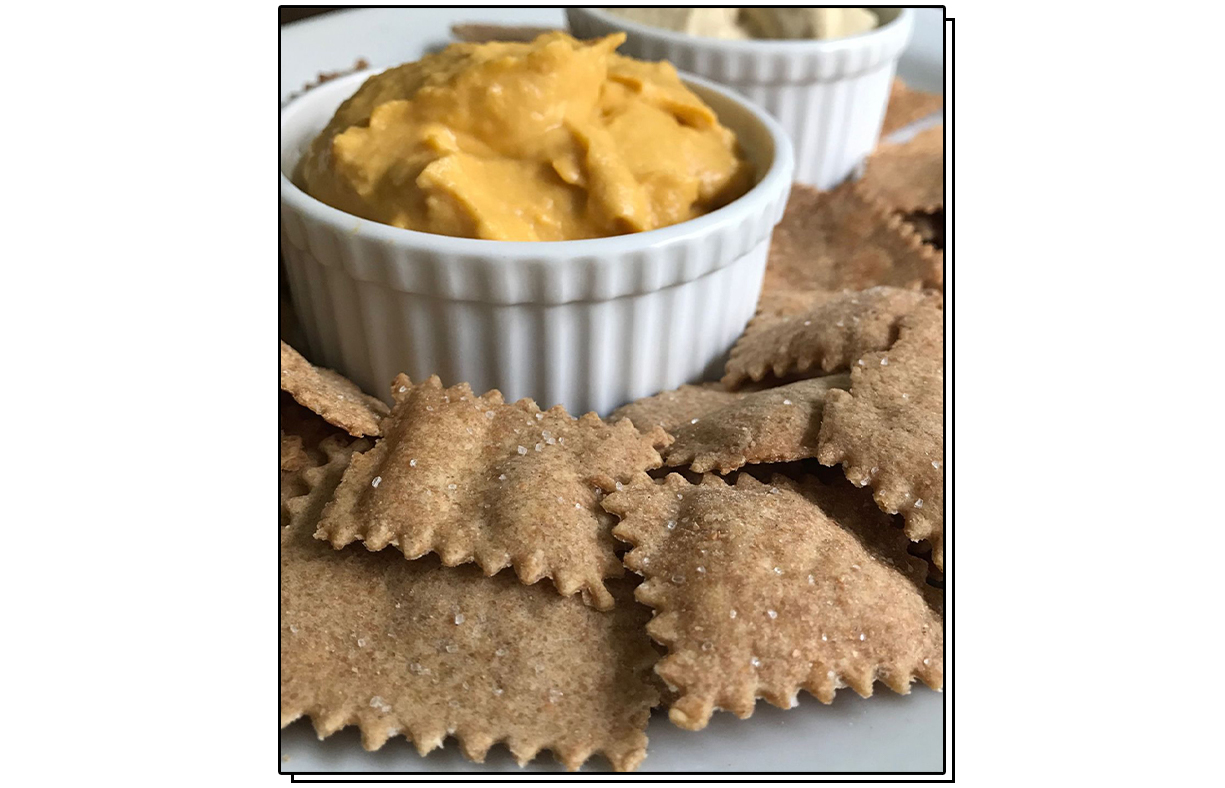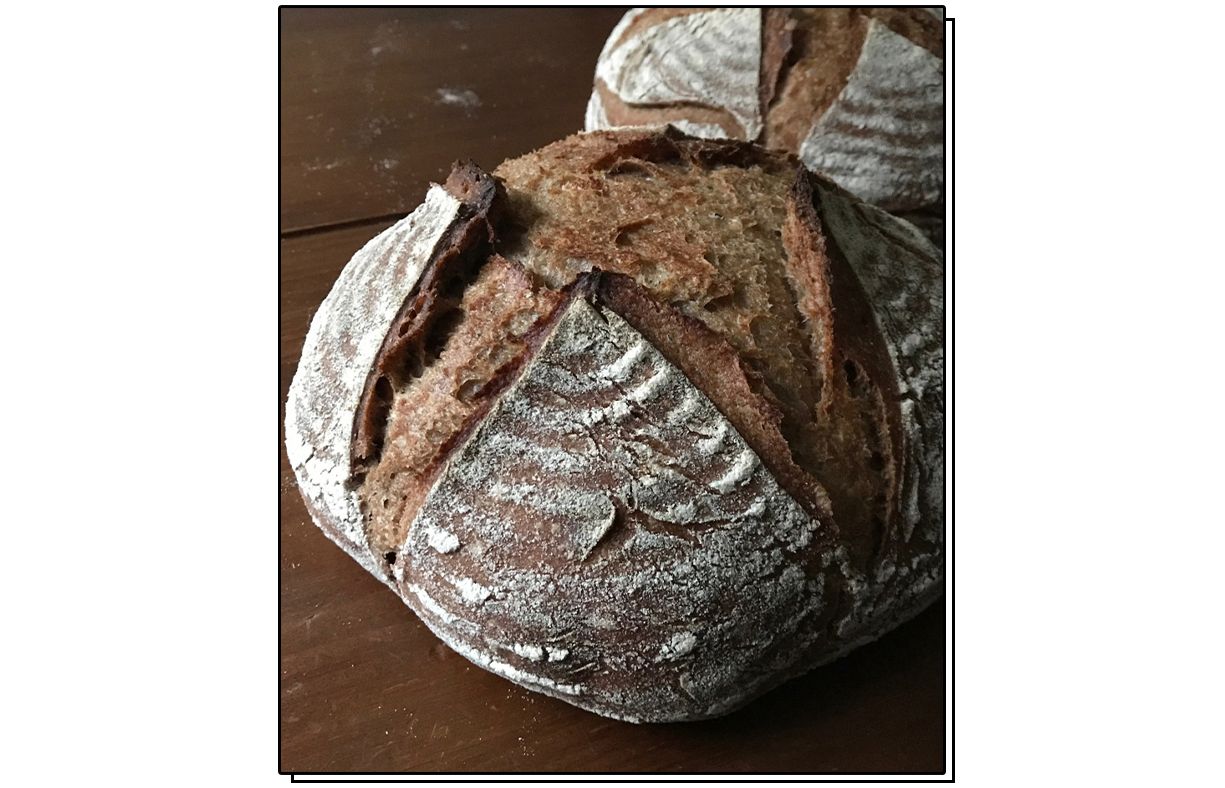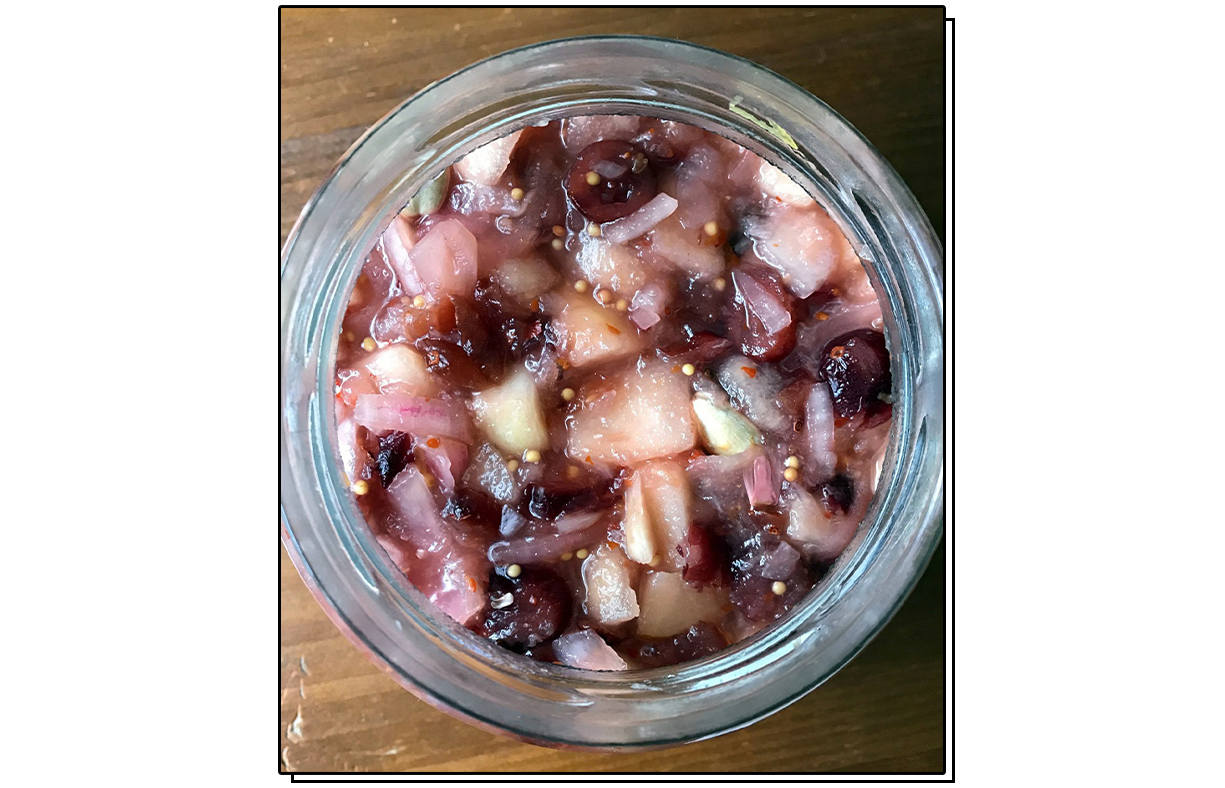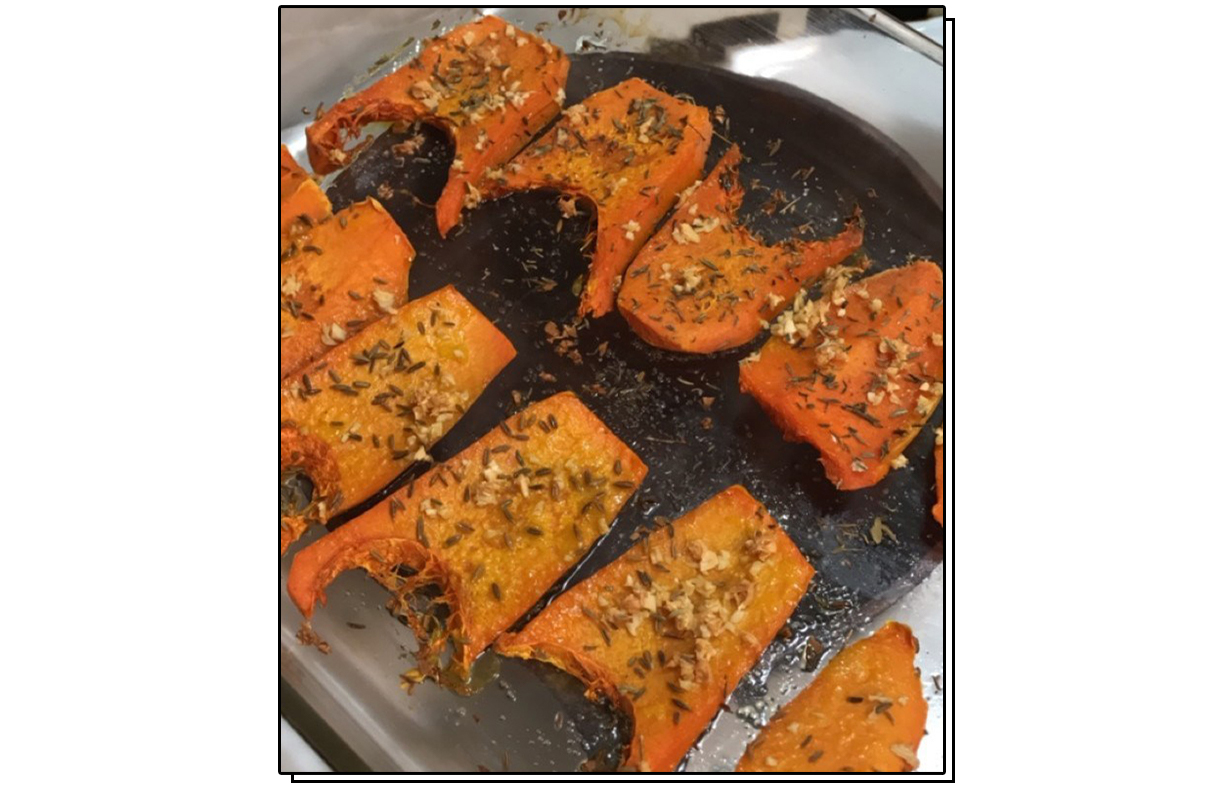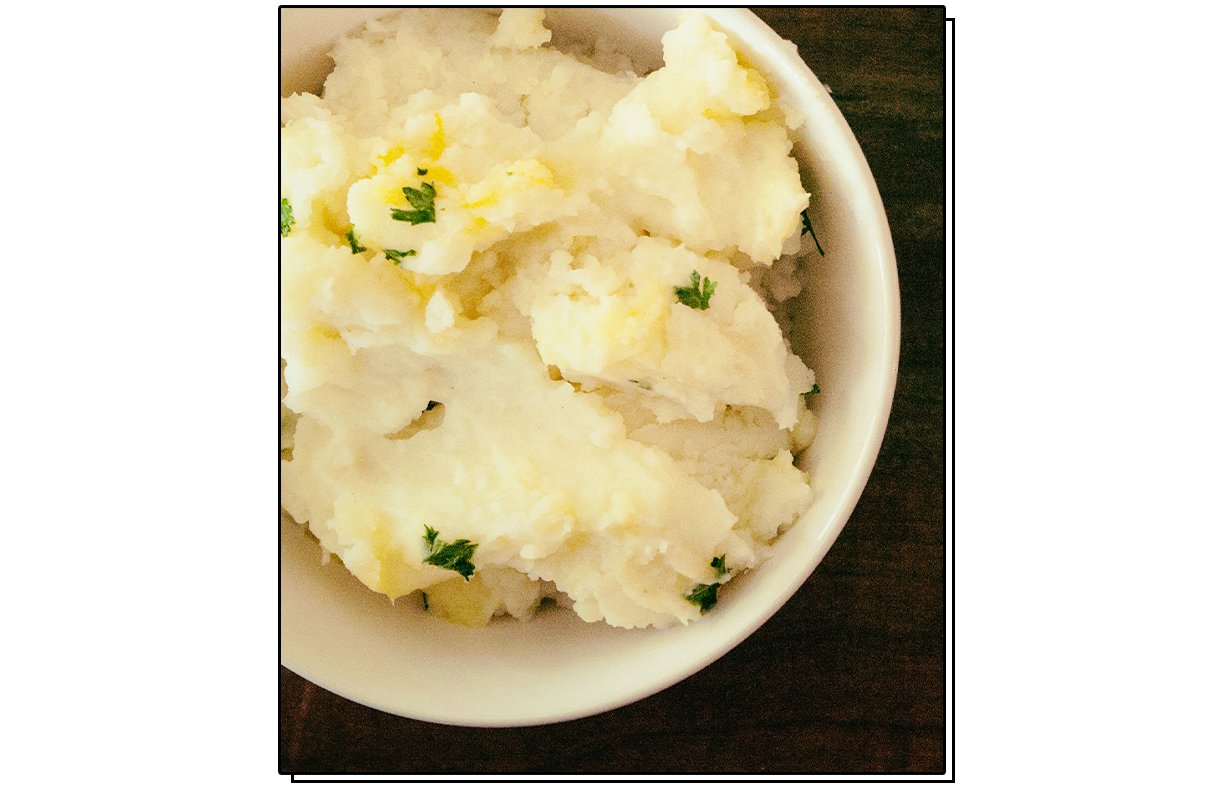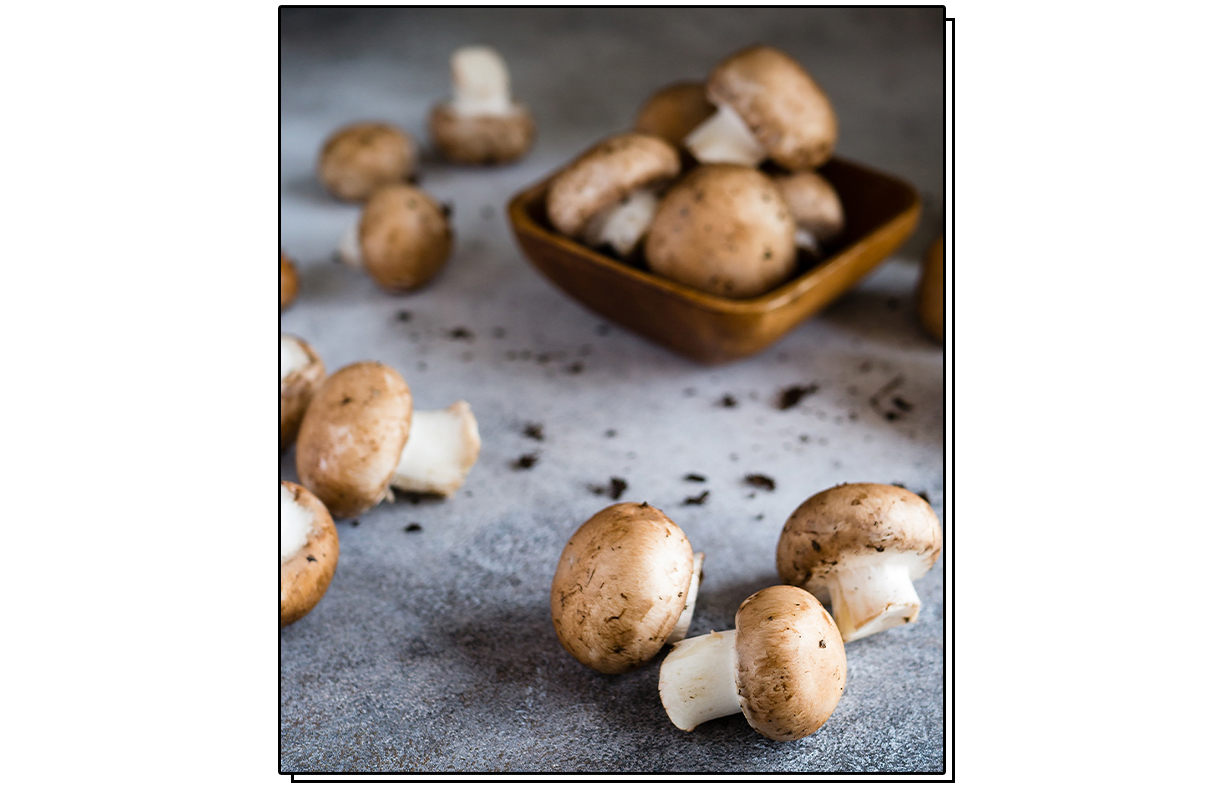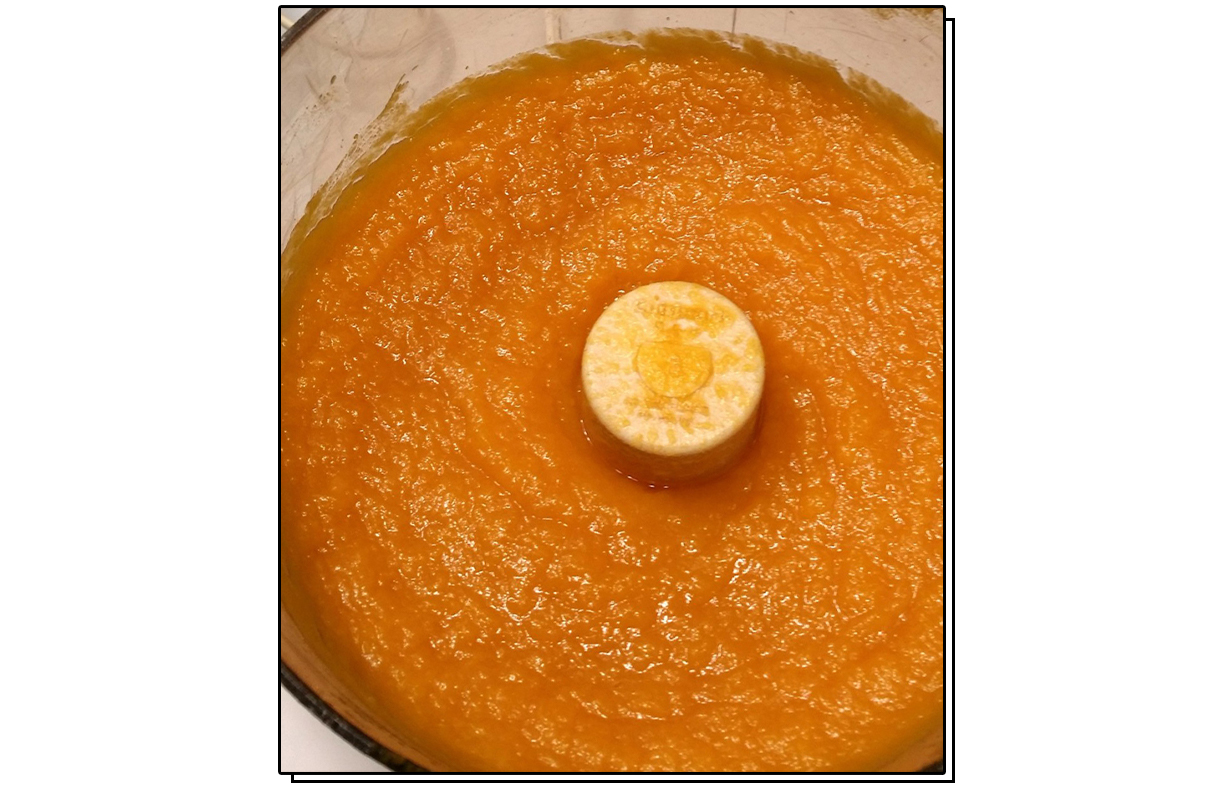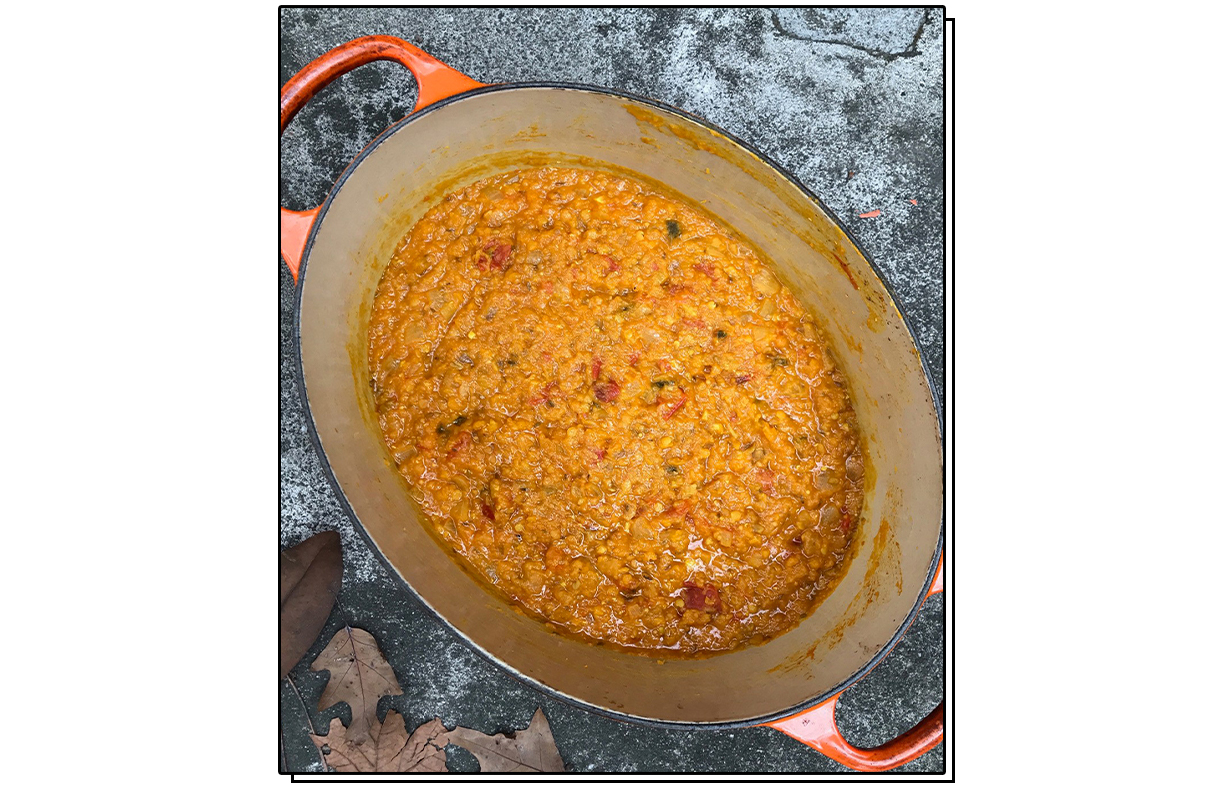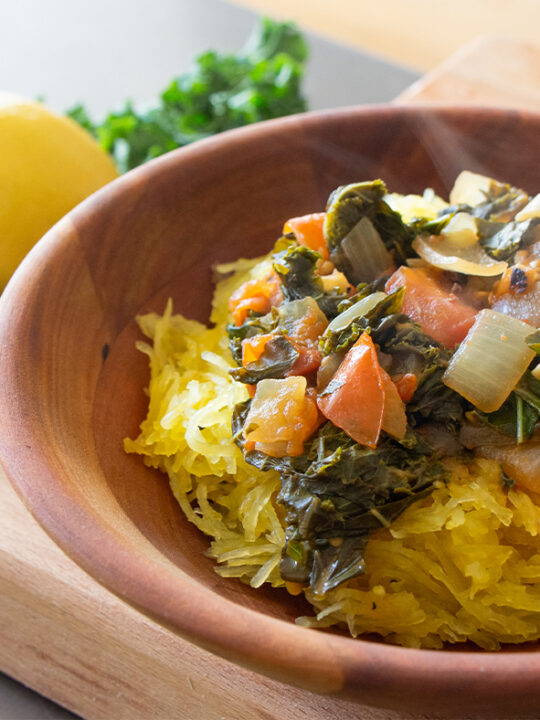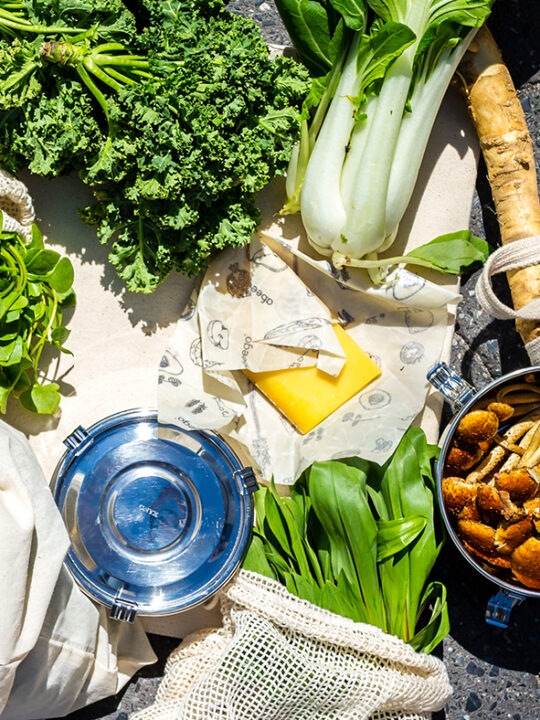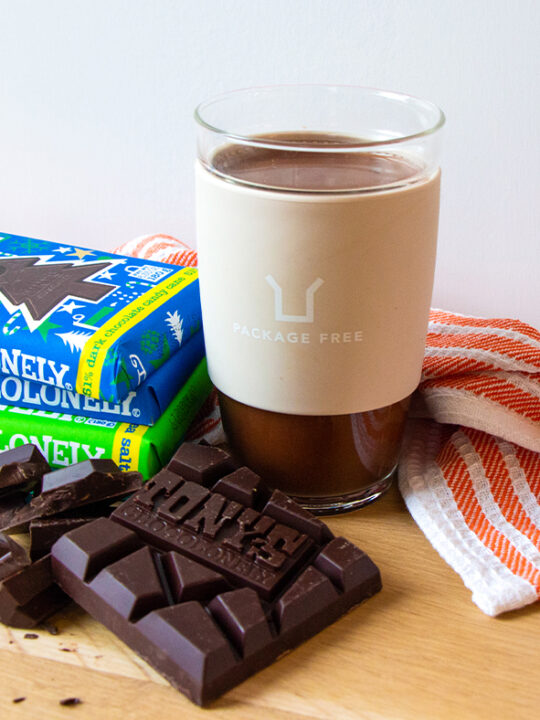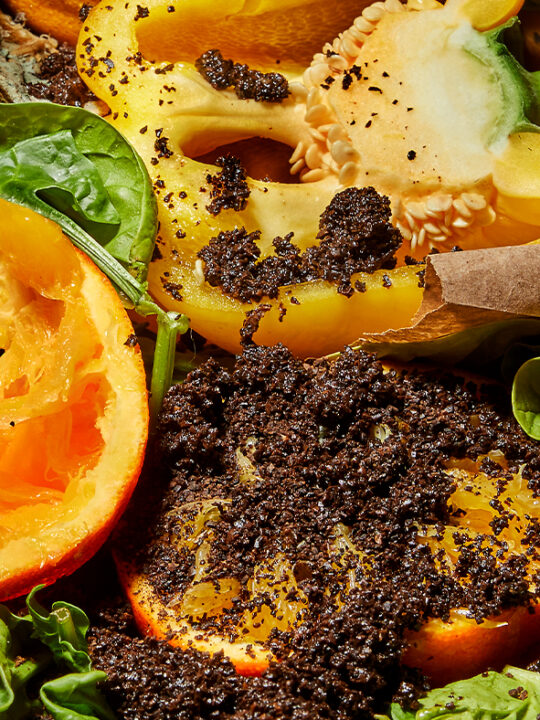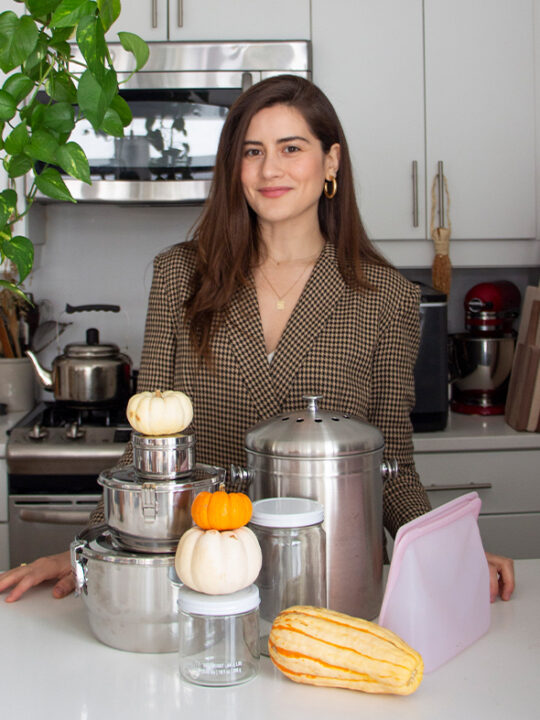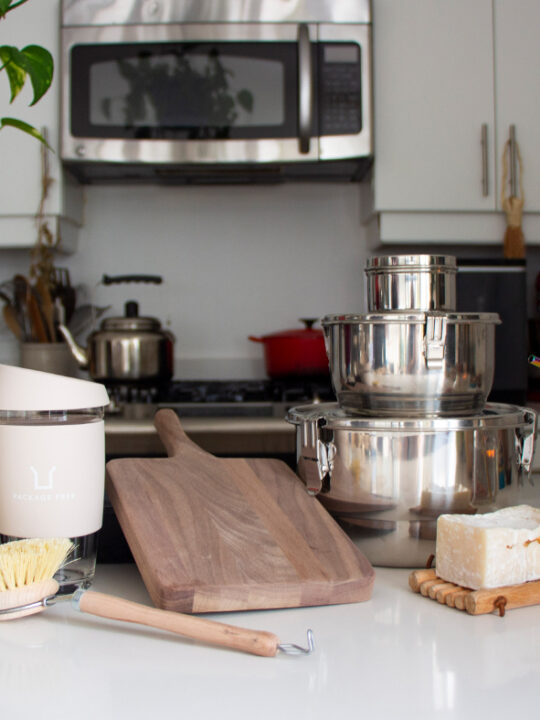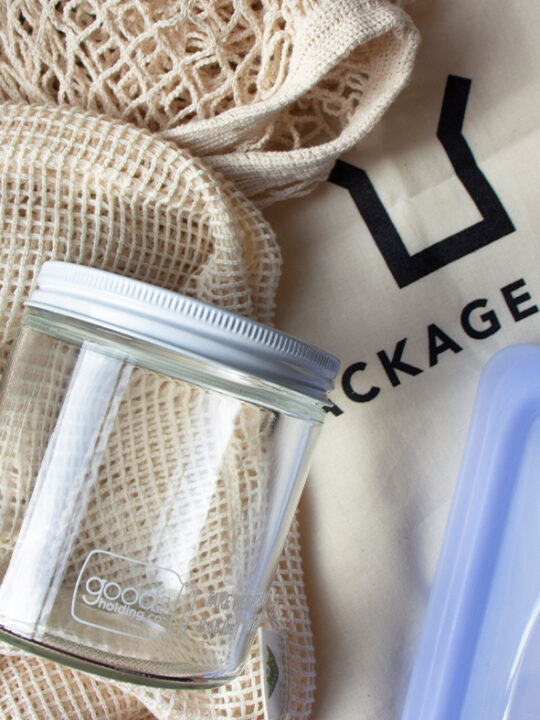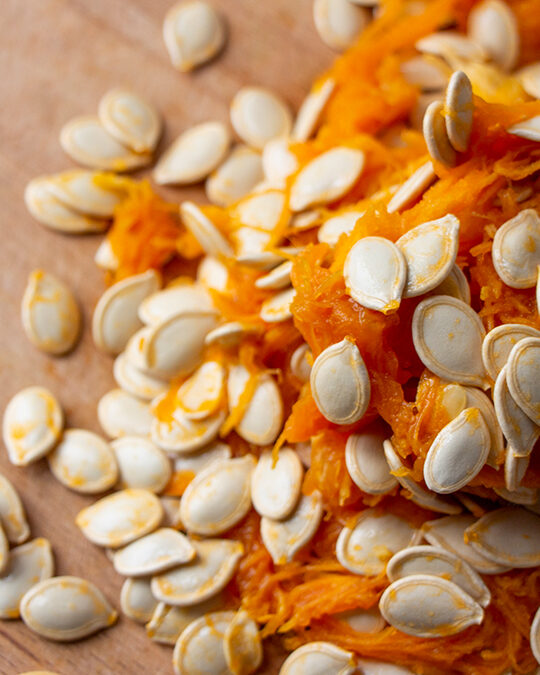Up to 40 percent of the food we produce in the US goes uneaten — with American households tossing about 150,000 tons of food every day. Big numbers? You bet! And they get even larger on the holidays with even more waste being produced.
Just how much more waste?
According to the NRDC, we throw away an astonishing 200 hundred million pounds of turkey over the Thanksgiving holiday — wasting not only the turkey itself but all the resources that went into producing it (think: the water, energy, labor, and land). In fact, the water required to produce 200 hundred million pounds of turkey could supply all of New York City for 100 days, and the emissions generated by this waste is equivalent to 800,000 cross-country car trips.
The good news is, with a little bit of planning you can reduce food waste over the holidays and every day afterward. Not only will you be keeping methane-producing food waste out of overburdened landfills, but you can money over time.
I’m so excited to partner with Zero Waste chef, Anne-Marie Bonneau, to help inspire your holiday dinner menu and to share some of her favorite waste-reducing tips…
Anne-Marie’s Tips:
1. Think about your menu
Let seasonal vegetables shine. Consider serving more plant-based dishes, which will reduce carbon emissions even further. Fabulous seasonal vegetables to showcase include squash, pumpkins, sweet potatoes, brussels sprouts, turnips, and so on. Yum! (Learn more about the environmental impact of animal products here and here.)
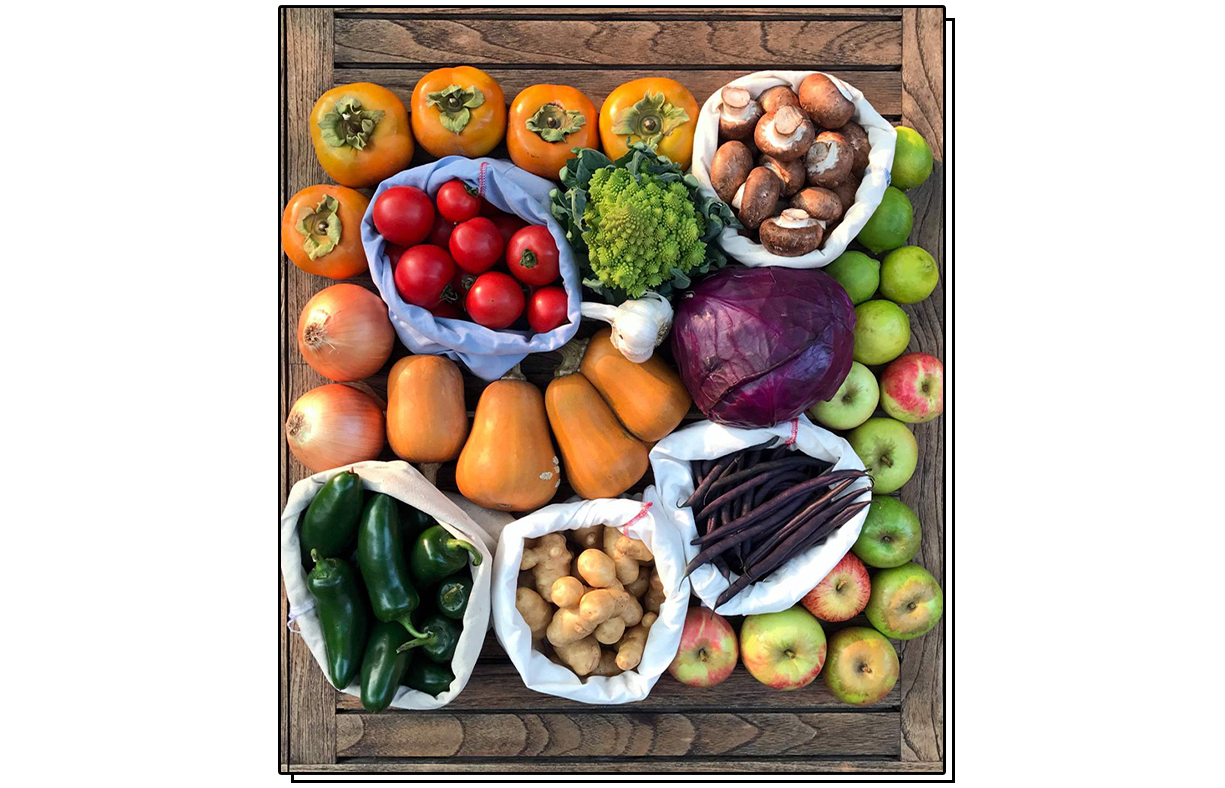
Choose versatile ingredients that work in multiple dishes. Pumpkin purée for pie also tastes delicious in dal. Make your own purée with a fresh pumpkin (recipe below!) and roast the seeds to sprinkle on top of the salad. Have a bit of bread leftover from the stuffing? Make croutons for the salad. Sprinkle on some dried cranberries you put in the stuffing (that salad is sounding good…). This kind of creativity not only slashes food waste but also makes cooking more enjoyable.
Edit your menu. Do you have more dishes on your menu than you’ll realistically eat? If so, cut it back by one (or two or three).
2. Low Waste Dishes
Hummus with fresh vegetables
Ingredients
- 1/2 cup dried chickpeas, soaked and cooked
- 2 tablespoons tahini
- 1 tablespoon lemon juice
- 1/4 teaspoon sea salt
- 1 clove peeled garlic
- 1/4 cup olive oil
Instructions
- Add the chickpeas, tahini, lemon juice, salt, and garlic to a food processor. Process until smooth.
- While the food processor is running, slowly pour in the olive oil. Process until all the oil is completely mixed in.
- Makes about 1 1/2 cups.
Psst. Try it with sourdough crackers! And if you have leftover vegetable scraps, save them to make a vegetable broth that you can use with your mashed potatoes, stuffing, and whatnot.
Sourdough bread
Check out my sourdough bread recipe here and be sure to set some aside to make your stuffing! By the way, stuffing need not go in a bird. Bake it in a ceramic or glass dish on its own and use plenty of the vegetable stock you made above.
Pear-cranberry chutney
This cultured dish will add some probiotic goodness to your table. You need to make this one a few days in advance in order for the good bacteria culture the ingredients.
Ingredients
- 3 pears, peeled and chopped
- 1 apple, peeled and chopped
- 1 red onion, chopped
- 2 cloves garlic, minced
- 1-1/2 cups dried, sweetened cranberries
- 1/4 cup strained ginger bug
- 2 lemons, juice, and zest
- 1 cinnamon stick
- 6 cardamom pods
- 10 whole cloves
- 1 teaspoon mustard seeds
- 1/2 teaspoon crushed dried chilies or to taste
- 1 tbsp sugar
- 1 tsp salt or to taste
- 1/4 cup water or enough to cover the fruit in liquid after packing
Instructions
- Strain off 1/4 cup of liquid from your ginger bug and set it aside. If you don’t have a ginger bug and want to make one, here are the directions. You can make this without a starter but it may take an extra day or two to ferment.
- Toss all the ingredients in a bowl and combine very well. Taste and adjust seasonings as desired.
- Pack your chutney into clean glass jars. Pound it as you pack it to release liquid. You must completely cover the fruit in order for it to ferment properly. Add more water if necessary.
- Close the jars and set them on plates to catch any drips that may gurgle out of your live food. Keep the jars at room temperature.
- Open your jars daily to release built-up carbon dioxide and to stir down the fruit. It will start to float to the top after a day or so and should be submerged.
- Taste your chutney after two days. It should taste tangy and slightly effervescent and magical. When you like the flavor, transfer it to the refrigerator to slow down the fermentation.
- If desired, strain out some of the liquid to thicken this chutney before serving. Reserve the liquid for your next batch of chutney, use it to flavor kombucha, or drink it.
- Consume within a week as fermented fruit tends to become alcoholic. It is still safe to eat at that point.
Roasted squash
You can use other squash varieties if desired, but ensure that you adjust the cooking times. Save and roast the seeds, and stash the peels to make your veggie scrap broth.
Ingredients
- 2 small honey nut or butternut squash (about 1 pound each)
- 1 tablespoon olive oil
- 5 cloves garlic, finely minced
- 1/4 teaspoon dried thyme
- 1/4 teaspoon cumin seeds
- Salt to taste
Instructions
- Peel the squash and cut lengthwise into slices a scant 1/4 inch thick. Remove the seeds. Arrange the slices in a single layer in a glass baking dish.
- Drizzle with the olive oil. Flip the slices over to evenly coat by swirling them around in the oil. Flip over to evenly coat the other side.
- Sprinkle on the finely chopped garlic, thyme, cumin seeds, and salt.
- Roast at 350ºF for about 40 minutes or until browned and tender.
Mashed potatoes
My favorite recipe is from the Food Network. Psst. If you buy organic potatoes and you peel them, toss the peels in olive oil and salt and either fry them in a pan or roast them for a snack. Delicious!
Ingredients
Instructions
- Preheat the oven to 350 degrees F. Place the garlic on a piece of foil, drizzle with 1 teaspoon of the oil, wrap and roast until very tender, about 20 minutes.
- Meanwhile, put the potatoes in a large saucepan, cover by 1 inch with cold water and bring to a boil. Reduce the heat to a simmer and cook until the potatoes are very tender, about 20 minutes. Strain and return the potatoes to the saucepan.
- Add the roasted garlic with any juice that has collected, almond milk, remaining 2 teaspoons of oil, and 1 1/4 teaspoons salt to the potatoes. Mash with a potato masher until smooth or to the desired consistency, adding additional almond milk if necessary. Stir in the chives and add salt to taste. Transfer the potatoes to a serving bowl, garnish with additional chives and serve.
Vegan mushroom gravy
I love this recipe from The New York Times. Psst. Save all the mushroom ends for your frozen scrap vegetable stash. They add so much flavor.
Ingredients
- ½ cup extra-virgin olive oil
- ½ small onion, finely chopped (1/2 cup)
- 4 ounces baby portobello mushrooms, finely chopped (1 cup)
- ½ cup all-purpose flour
- 4 to 5 cups vegetable stock, preferably homemade, as needed
- 1 teaspoon soy sauce, more to taste
- ½ teaspoon kosher salt
- ¼ teaspoon black pepper
Instructions
- In a large skillet, heat oil over medium-high heat. Add onion and mushrooms; cook, stirring, until well browned, 8 to 10 minutes.
- Sprinkle in flour and cook, stirring, until golden brown, 3 to 5 minutes. Slowly whisk in vegetable stock, a little at a time, until a smooth sauce forms. Simmer 2 to 3 minutes until thickened. Season with soy sauce, salt and pepper. Serve as is, or pass it through a fine mesh strainer.
Pumpkin purée from a whole pie pumpkin
Once you taste a pumpkin pie made from a fresh pie pumpkin, you can’t go back.
Ingredients
- A sugar pie pumpkin
- A pressure cooker, Instapot, or oven.
Instructions
- Scrub the outside of a sugar pie pumpkin.
- Into a pressure cooker, place a pumpkin, and pour about 2 inches of water.
- Cook pumpkin 8 to 10 minutes.
- After the pumpkin has cooled somewhat, halve it, peel it and purée it.
Pumpkin dal
Reduce stress while reducing food waste and cook this dish in advance. Although delicious on day one, dal tastes even better on day two.
Ingredients
- 1 cup red lentils
- 3 cups water
- 2 tablespoons oil for sautéing
- 1 tablespoon cumin seeds
- 1 chopped onion
- 4 cloves minced garlic
- 1 serrano or small jalapeño pepper or 1 tablespoon fermented hot peppers, minced
- 1 teaspoon turmeric
- 1/2 teaspoon coriander
- 1 teaspoon fenugreek seeds
- 1 teaspoon mustard seeds
- 1 pound medium-size tomatoes, chopped (about 2 cups chopped into large chunks)
- I cup pumpkin purée (make the purée in the oven or in a pressure cooker)
- Juice of 1 lime or lemon or 1/4 cup preserved lemon juice
- 1 teaspoon salt or to taste
- A few tablespoons of chopped cilantro
Instructions
- Rinse lentils and add to a medium-size saucepan along with the water. Bring to a boil, turn down the heat and simmer for about 10 minutes or until tender. They will look soupy once cooked.
- Heat oil in a large saucepan over medium-high heat. Add the cumin seeds and cook until fragrant, about one minute.
- Add onions, garlic, and fresh jalapeño. (Wait to add fermented jalapeño later.) Sauté over medium heat for five to ten minutes until the onions are translucent.
- Add spices and cook for a minute.
- Add tomatoes and cook for about five more minutes.
- Stir in pumpkin purée, cooked lentils, and their liquid, fermented jalapeños if using, lemon or lime or preserved lemon juice, and salt. If the consistency remains thick, add a bit of water. Heat through. Garnish with fresh cilantro.
- Serve with rice, naan, or roti.
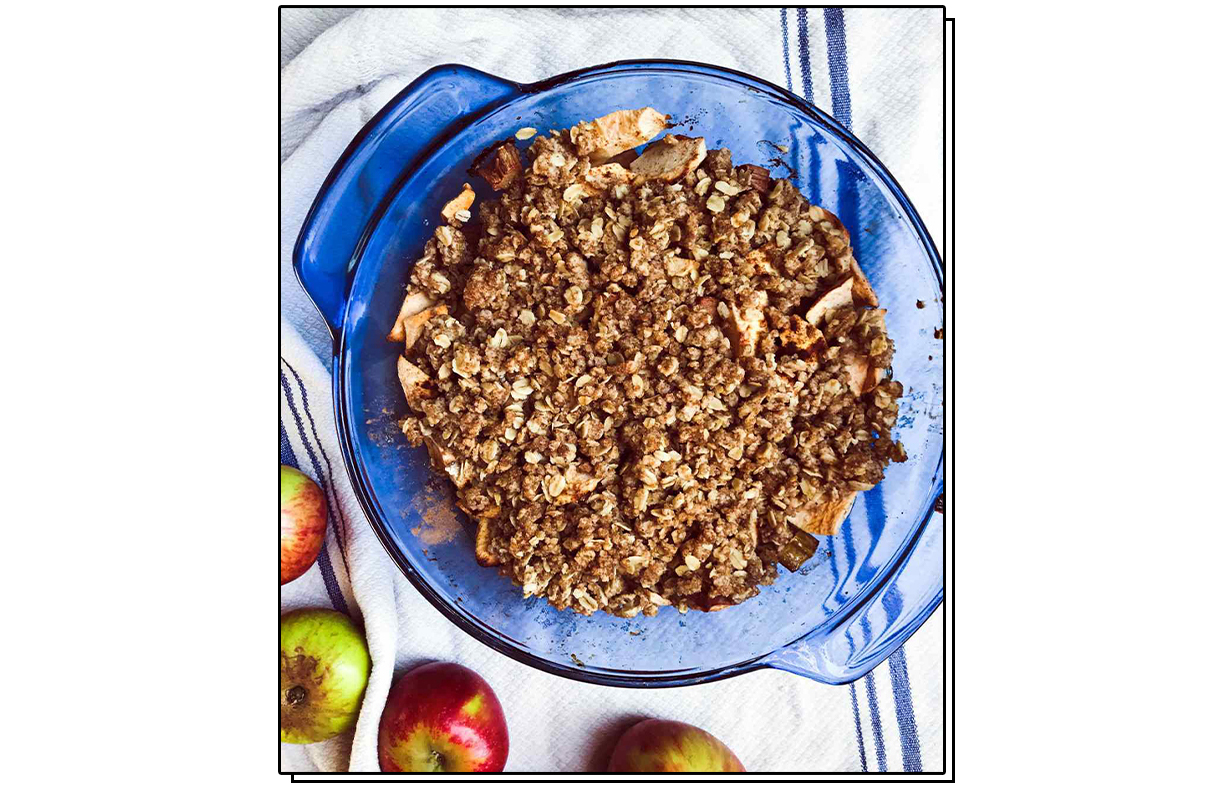
Apple crumble
If making pastry gives you pause, bake an easy crumble. Psst. Save the peels and cores to make scrap vinegar (I haven’t bought vinegar in years!)
Ingredients
- 8 medium apples, peeled (if desired) and sliced
- juice of one lemon
- 1/8 teaspoon cinnamon
- 1/8 teaspoon nutmeg
- 1/2 cup all-purpose flour
- 1/2 cup leftover almond pulp from making almond milk
- 1/4 cup rolled oats
- 1/2 cup brown sugar
- 1/2 cup coconut oil
Instructions
- Preheat the oven to 350°F.
- Toss the apples in lemon juice, arrange in a 9-inch glass pie dish or square baking dish and sprinkle with cinnamon and nutmeg.
- Combine the flour, almond pulp if using, oats, and brown sugar in a small bowl. Add coconut oil and use a fork to work it evenly into the dry mixture until the topping looks crumbly. Sprinkle onto the fruit.
- Bake for about 25 minutes until the topping is golden and the fruit is soft.
3. Prevent waste after the meal
Store leftovers in the refrigerator in glass containers. You’ll be able to see at a glance what’s on hand and less of it will go to waste. For more tips on how to properly store leftovers to prolong the life of your food, check out this article!
Use the freezer. You can freeze all kinds of food. Leftover bread, dal, broth, pumpkin purée—and more. If you don’t think you’ll use leftover ingredients or eat leftover dishes within the next few days, freeze them.
Get creative with leftovers. Extra mashed potatoes make a delicious topping for a shepherd’s pie. If you also roasted a pile of vegetables and have leftovers, use them for the filling and most of your work is done.
There really is no downside to cutting food waste. It’s a bipartisan issue, so you can safely discuss it at the Thanksgiving dinner table (or Zoom-fest). Happy Thanksgiving!
About the author: Concerned with the state of our oceans, Anne-Marie Bonneau went plastic-free in 2011 and hasn’t looked back. You can find her blog at zerowastechef.com and follow her on Instagram, Facebook, and Twitter @zerowastechef. Her debut book will be out in the US and Canada in April 2021. You can preorder that here.